- Automobiles & Motorcycles
- Beauty & Personal Care
- Business Services
- Chemicals
- Construction & Real Estate
- Consumer Electronics
- Electrical Equipment & Supplies
- Electronic Components & Supplies
- Energy
- Environment
- Excess Inventory
- Fashion Accessories
- Food & Beverage
- Furniture
- Gifts & Crafts
- Hardware
- Health & Medical
- Home & Garden
- Home Appliances
- Lights & Lighting
- Luggage, Bags & Cases
- Machinery
- Measurement & Analysis Instruments
- Mechanical Parts & Fabrication Services
- Minerals & Metallurgy
- Office & School Supplies
- Packaging & Printing
- Rubber & Plastics
- Security & Protection
- Service Equipment
- Shoes & Accessories
- Sports & Entertainment
- Telecommunications
- Textiles & Leather Products
- Timepieces, Jewelry, Eyewear
- Tools
- Toys & Hobbies
- Transportation
Geogrid vs. Geotextile: Differences and Comparative Analysis
In the realm of civil engineering and geotechnical applications, both geogrid and geotextile are indispensable materials that serve distinct purposes. While they share similarities in their use of geosynthetic materials, understanding their differences and comparative analysis is crucial for selecting the right solution for specific projects. In this comprehensive article, we delve into the world of geogrids and geotextiles, providing a detailed comparison to help you make informed decisions.
What are Geogrids?
Geogrids are geosynthetic materials formed by intersecting sets of tensile elements, such as polyester, polypropylene, or fiberglass, in a grid-like pattern. These materials are designed to provide exceptional tensile strength and stiffness, making them ideal for soil reinforcement and stabilization applications.
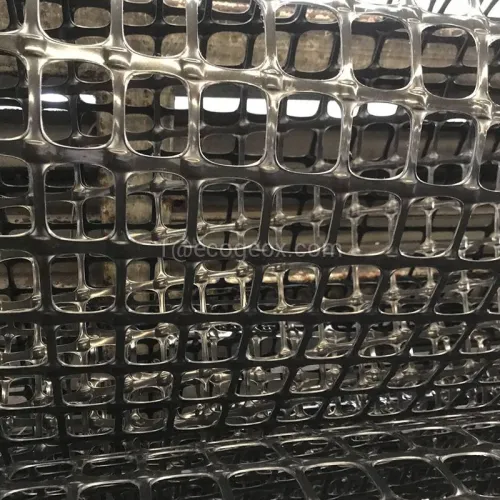
Applications of Geogrid
Geogrids are used in the following applications:
Soil Reinforcement: Geogrids are employed to enhance the load-bearing capacity of soils, enabling the construction of roads, railways, and foundations on weak or soft ground.
Retaining Walls: They offer support to retaining walls, preventing soil movement and ensuring the stability of earth structures.
Slope Stabilization: Geogrids reinforce steep slopes, minimizing the risk of slope failure and erosion.
Pavement Systems: In pavement construction, geogrids reduce rutting and cracking, prolonging the lifespan of the pavement.
What are Geotextiles?
Geotextiles, on the other hand, are permeable fabrics made from synthetic materials like polypropylene, polyester, or polyethylene. These fabrics have varying degrees of porosity and filtration capabilities, allowing them to perform various functions in geotechnical and environmental projects.

Applications of Geotextile
Geotextiles find extensive use in the following applications:
Related articles:Construction & Real Estate
Is fiberglass in concrete better than wire mesh?
Are Fire Pit Ground Protectors Worth Buying?
Comparison between GFS Tank and Stainless Steel Tank
The Ultimate Guide to PE Coated Tarpaulin
Mastering the Art of Drywall Paper Tape
Creative DIY Uses for Flexible Metal Corner Tape: Which project will you try first?
Filtration: Geotextiles act as filters to allow water to pass through while preventing the movement of fine particles, thereby reducing soil erosion.
Drainage: They facilitate efficient water drainage in various applications, including road construction and landfills.
Separation: Geotextiles are used to separate different soil layers, preventing intermixing and maintaining the integrity of engineered structures.
Erosion Control: By stabilizing soil and promoting vegetation growth, geotextiles aid in erosion control along shorelines and riverbanks.
Geogrid vs. Geotextile: A Comparative Analysis
Material Composition
The primary difference between geogrid and geotextile lies in their material composition. Geogrids are characterized by a grid-like pattern formed from high-strength tensile elements, while geotextiles consist of permeable fabrics with varying filtration capabilities.
Strength and Stiffness
Geogrids excel in providing high tensile strength and stiffness, making them suitable for applications that require soil reinforcement and structural support. On the other hand, geotextiles offer moderate strength and are more commonly used for filtration, drainage, and erosion control purposes.
Load Distribution
Geogrids distribute loads more efficiently across a wider area due to their grid structure, whereas geotextiles distribute loads more evenly across their entire surface.
Applications
While there may be some overlap in certain applications, geogrids are primarily used for soil reinforcement, slope stabilization, and retaining wall construction. Geotextiles, on the other hand, find applications in filtration, drainage, separation, and erosion control.
Installation
The installation process for both geogrid and geotextile is generally straightforward. Geogrids are typically unrolled and placed in the desired location, while geotextiles are laid down and secured using stakes or other methods.
Conclusion
In conclusion, understanding the differences and comparative analysis between geogrid and geotextile is essential for making informed decisions in civil engineering and geotechnical projects. Geogrids offer exceptional strength and stiffness for soil reinforcement and stabilization, while geotextiles provide filtration, drainage, and erosion control solutions. By selecting the appropriate geosynthetic material based on project requirements, engineers can ensure the success and longevity of their endeavors.
Further reading:LVL Scaffolding Plank: The Ultimate Solution for Sturdy and Efficient Construction Work
Features and Advantages of Welded Gabion Wire Mesh
What is the difference between rubber and foam rubber?
Laminated Bridge Bearings: Enhancing Safety and Structural Performance
An Overview of Agricultural Water Storage Tanks
Why You Need a Corrugated Steel Pipe?
Pool Mosaics: Transforming Your Swimming Pool into a Work of Art
Related Articles
If you are interested in sending in a Guest Blogger Submission,welcome to write for us!





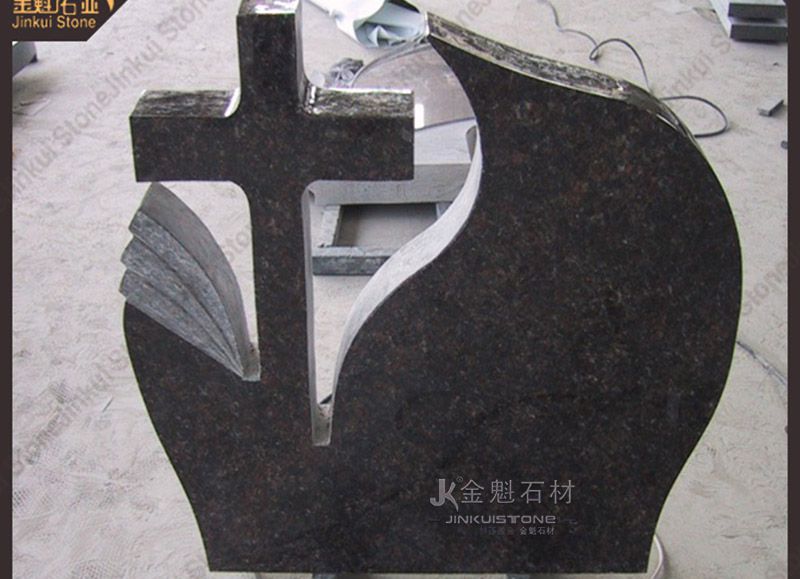
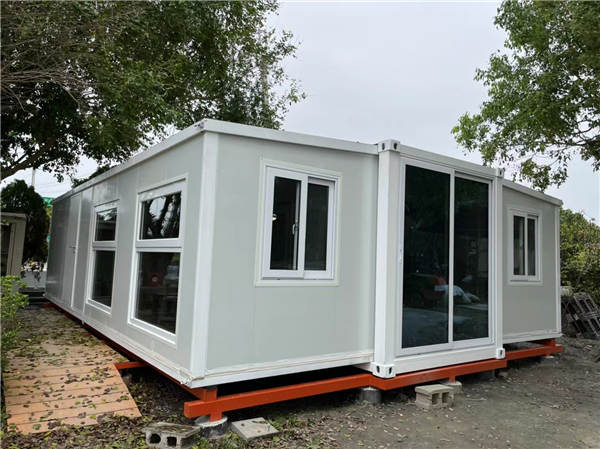
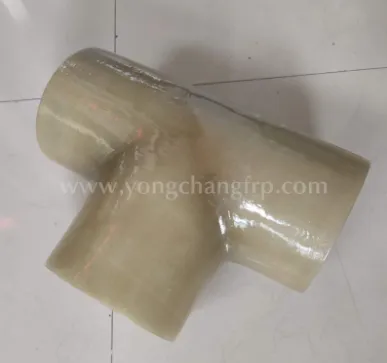
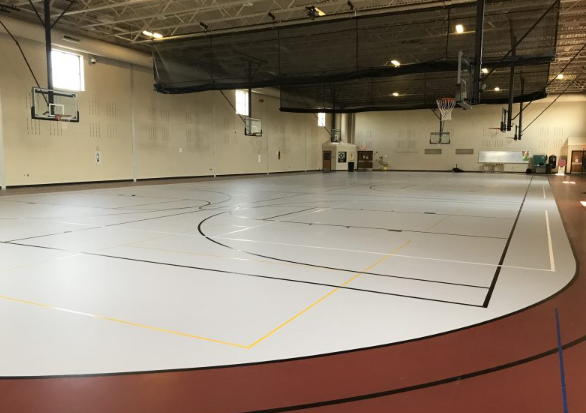

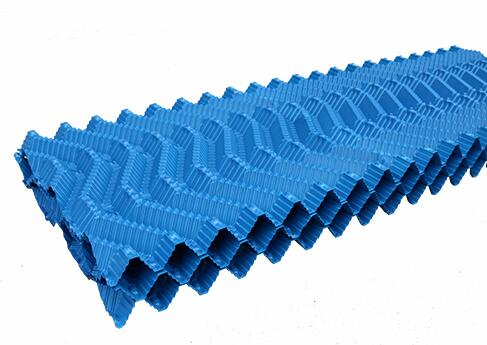

Comments
0